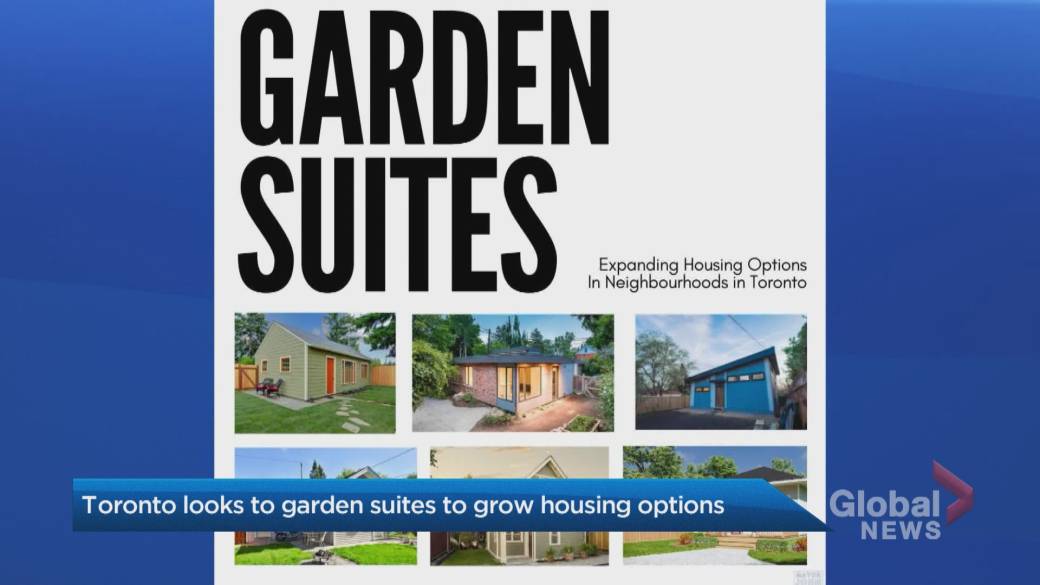Ontario is the worst offender among Canadian provinces when it comes to homelessness, according to new analysis from Scotiabank Economics.
TO report released Wednesday shows that Ontario, Alberta and Manitoba are the only provinces below the national average in terms of per capita available housing stock. Scotiabank’s analysis is based on data from 2020, the latest year with complete data available.
To make up the difference, Ontario would need to add 650,000 new homes, Alberta would need to build 138,000 units, and Manitoba would need to build 23,000 homes.
But as wide as some of these gaps are, striving to reach the median in Canada is not a high bar.
Canada already ranks lowest among all G7 nations in housing stock per capita, Scotiabank reported last year, needing more than 1.8 million homes to catch up with its peer average on the international stage.
Jean-Francois Perrault, Senior Vice President and Chief Economist at Scotiabank, as well as an author of the report, wrote that the delta between Canada and other G7 nations when it comes to housing points to the “collective failure to right-size the number of households “. relative to our population.
Need to reconcile immigration with intensification
It is Canada’s population growth that has become so difficult to manage, Perrault told Global News in an interview on Wednesday, with the pain points mostly at the municipal level.
While the federal government has stated that it wants more immigration to boost Canada’s economy, that general directive faces obstacles at the city level, such as NIMBYism, zoning challenges, and a lack of available labor or materials in the construction industry. construction.
Read more:
Housing affordability in Ottawa-Gatineau hits record lows, says Desjardins
“There is an economic imperative to have a lot more Canadians, which is fantastic,” he said.
“When you get down to the nitty-gritty and people are dealing with the day-to-day, what it means to have more Canadians from a real estate perspective, it’s a much, much more challenging situation.”
Ontario’s status as an attractive destination for immigration has made the shortage of available housing particularly dire, Perrault said. At the other extreme, Newfoundland and Labrador’s housing stock is the highest in Canada per capita, largely due to a population decline in the mid-1990s.
The current shortage will continue to drive up prices, says Perrault.
“If we don’t fix this, if we don’t size the number of homes in Canada or Ontario in relation to the needs of the population, things will never be more affordable.”

Provinces, federal in search of answers
There is some short-term optimism that Canada is getting serious about the housing shortfall, but it could be some time before the provinces are on track to fill the gap.
Conservative Party MP and shadow finance minister Pierre Poilievre moved on Wednesday to study the drivers of inflation in Canada at the federal finance committee, with a particular focus on housing affordability. His motion passed unanimously with a report due in late May.
The federal government has also outlined plans for a housing summit to begin examining how to fix the problem, though no date has been set for that.
Read more:
Trudeau takes aim at cost of living, housing affordability in throne speech
Ontario also created a task force on housing affordability late last year with a mandate to increase the supply of units for rental and ownership (Perrault notes in a disclosure that the group is chaired by Scotiabank).
Meanwhile, housing starts are accelerating, Perrault says, enough to make a “slight dent” in the housing stock gap. But it will take years of accelerating pressure to get the country’s housing market on track to meet rising demand.
Until the homes are actually built, however, Perrault believes there is little lawmakers can do in the short term to make homes more affordable. Adjusting interest rates, for example, will do little to change the reality that home prices will rise as rising levels of immigration continue to increase demand for the stocks that are there, he says.
“In the short term, it’s very hard to see affordability improving dramatically in the next year or two.”

© 2022 Global News, a division of Corus Entertainment Inc.
Reference-globalnews.ca